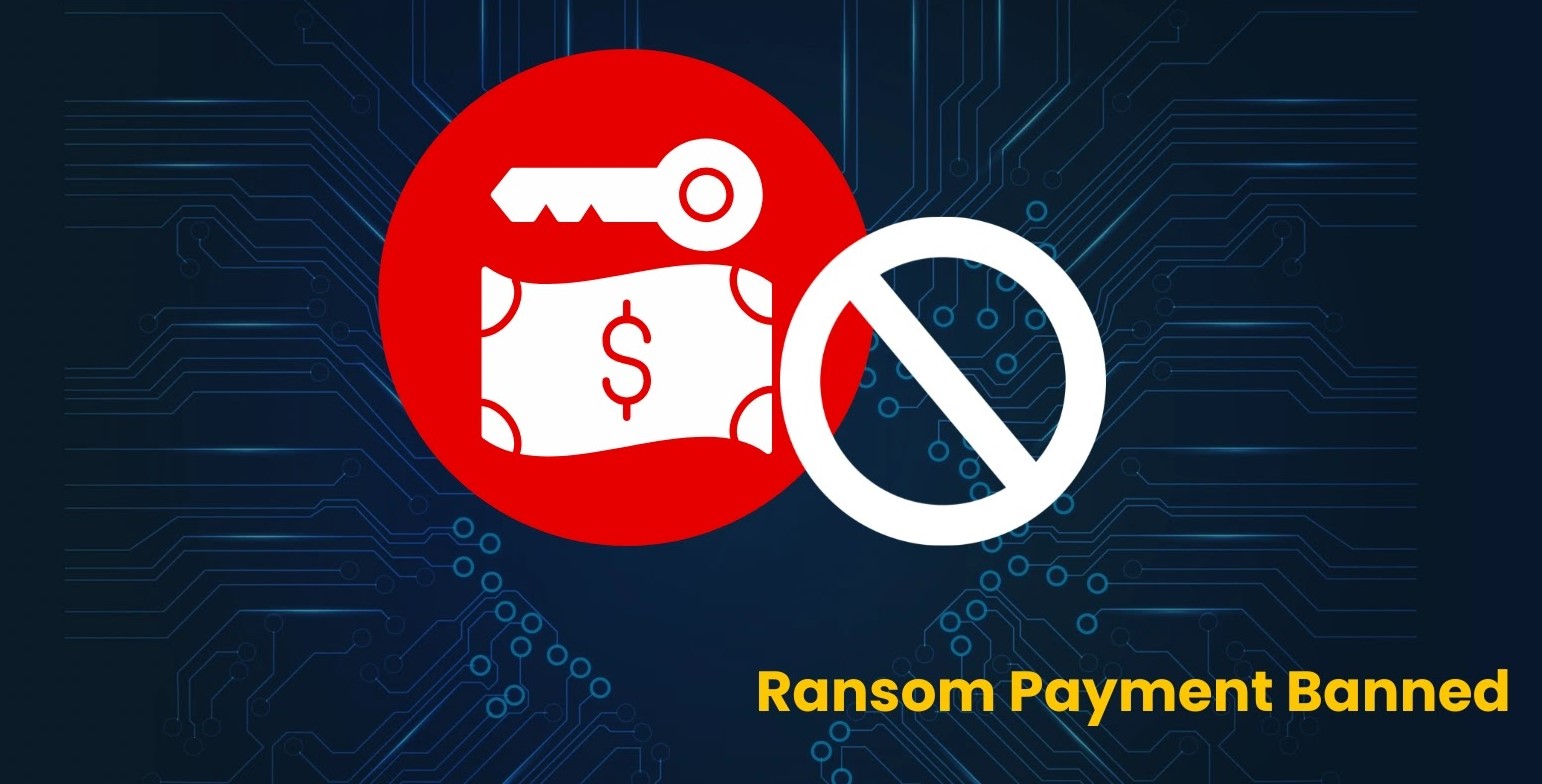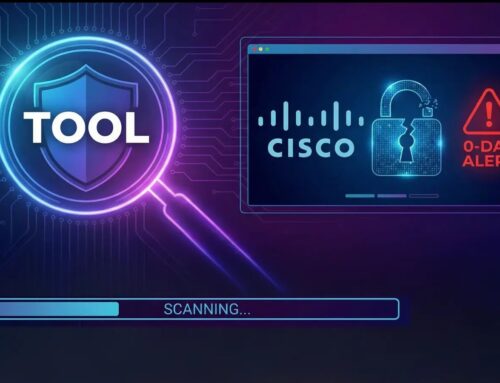
UK Confirms Ban of Ransomware Payments to Public and Critical National Infrastructure Sectors
The landscape of cybersecurity defense is undergoing a significant strategic evolution, particularly in the United Kingdom. Recent announcements from the UK government confirm a landmark decision: a comprehensive ban on ransomware payments by public sector organizations and critical national infrastructure (CNI) operators. This pivotal move signifies a direct challenge to the lucrative business model fueling advanced persistent threats (APTs) and cybercriminal enterprises.
The UK’s Decisive Stance on Ransomware
The UK government’s new policy represents a robust shift in strategy. Instead of implicitly enabling ransomware by allowing payment, the ban aims to disrupt the financial incentives that drive these attacks. This measure, which garnered support from nearly three-quarters of consultation respondents, underscores a commitment to fortifying cyber resilience rather than negotiating with criminal entities.
By prohibiting ransom payments, the UK government is directly attacking the economic viability of ransomware operations targeting its most sensitive sectors. This is a crucial step towards making these attacks less profitable and therefore less appealing to cybercriminals.
Protecting Public Sector and Critical National Infrastructure
The ban specifically targets public sector organizations and CNI operators. These entities are frequently high-value targets due to the sensitive data they hold, the essential services they provide, and their potential to cause widespread disruption.
- Public Sector Organizations: Includes government departments, local authorities, and public services that manage vast amounts of citizen data and critical operational processes.
- Critical National Infrastructure (CNI): Encompasses organizations vital to national security, economy, and public health, such as energy, transport, water, communications, and emergency services.
The rationale is clear: ransomware payments, while potentially offering a quick recovery for an isolated incident, collectively fund the development of more sophisticated attacks and perpetuate a cycle of extortion. Eliminating this revenue stream from critical sectors is projected to diminish the overall threat.
Rethinking Ransomware Remediation and Resilience
With the option of payment removed, the focus for public sector and CNI entities must shift entirely to preventative measures, robust incident response, and rapid recovery capabilities. This necessitates a significant investment in:
- Proactive Defenses: Implementing advanced security controls, including zero-trust architectures, multi-factor authentication (MFA), and robust endpoint detection and response (EDR) solutions.
- Regular Backups and Recovery Plans: Ensuring immutable, offline backups are consistently maintained and that comprehensive disaster recovery plans are regularly tested.
- Threat Intelligence and Sharing: Leveraging intelligence on emerging ransomware variants and attack vectors to proactively strengthen defenses.
- Incident Response Capability: Developing highly capable incident response teams equipped to swiftly contain breaches, eradicate threats, and restore operations without resorting to payments.
For example, effective mitigation against common ransomware vectors, such as exploitation of unpatched vulnerabilities, is paramount. Organizations must maintain strict patch management protocols to address vulnerabilities like those often found in remote access software (e.g., those contributing to attacks exploiting CVE-2023-38831) which could grant initial access to threat actors.
The Expected Impact on the Ransomware Ecosystem
This bold move by the UK is anticipated to have several key impacts:
- Reduced Attractiveness of UK Targets: By closing off a significant revenue stream, the UK hopes to make its public sector and CNI less appealing targets for ransomware gangs.
- International Pressure: This ban could set a precedent, encouraging other nations to adopt similar policies, further squeezing the profit margins of ransomware operators globally.
- Increased Investment in Cyber Resilience: Organizations will be compelled to invest more heavily in their cyber defenses, fostering a stronger overall security posture.
However, it also presents challenges. Organizations must be fully prepared to face the consequences of an attack without the “easy” out of payment. This places an even greater onus on preparation and resilience.
Remediation Actions for Public and CNI Organizations
In light of this ban, public sector and CNI organizations must urgently review and enhance their cybersecurity strategies. Here are actionable steps:
- Conduct Comprehensive Risk Assessments: Identify critical assets, potential vulnerabilities, and the most likely attack vectors.
- Implement Robust Backup and Recovery Strategies: Ensure 3-2-1 backup rules (three copies of data, on two different media, with one copy offsite and offline) are strictly followed. Practice recovery drills regularly.
- Strengthen Network Segmentation: Isolate critical systems to limit lateral movement in the event of a breach.
- Enforce Strong Identity and Access Management (IAM): Implement MFA for all accounts, especially privileged ones. Use Least Privilege Access (LPA) principles.
- Regularly Patch and Update Systems: Proactively address known vulnerabilities. Monitor sources for CVE alerts relevant to your installed software and hardware. For example, staying current with patches for major operating systems and applications is crucial to prevent exploitations such as those related to CVE-2023-28252 in common server software.
- Enhance Endpoint Security: Deploy advanced EDR and anti-malware solutions across all endpoints.
- Employee Training and Awareness: Educate staff on phishing, social engineering, and safe cybersecurity practices.
- Develop and Test Incident Response Plans (IRPs): Create detailed IRPs that account for the inability to pay ransom. Conduct tabletop exercises and live drills.
- Collaborate with Cybersecurity Agencies: Engage with national cybersecurity centers (like the National Cyber Security Centre in the UK) for threat intelligence and guidance.
Conclusion
The UK’s decision to ban ransomware payments for its public sector and critical national infrastructure is a bold and strategic move. It signals a shift from reactive negotiation to proactive defense and resilience. While challenging, this policy has the potential to fundamentally alter the ransomware threat landscape by dismantling the very foundation of its criminal enterprise: profit. Organizations within these sectors must now fully embrace a culture of robust cybersecurity, where prevention, detection, and rapid recovery are paramount, ensuring continuity of essential services without succumbing to criminal demands.





